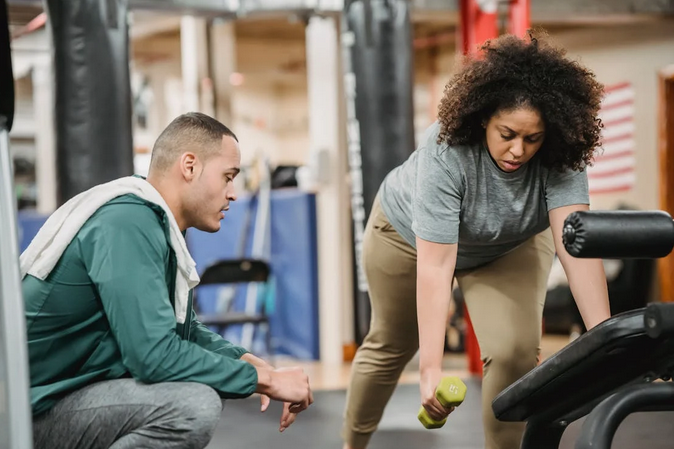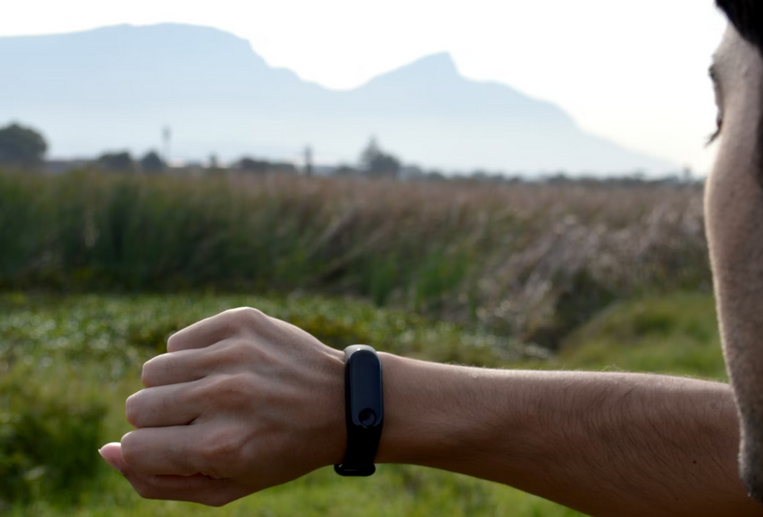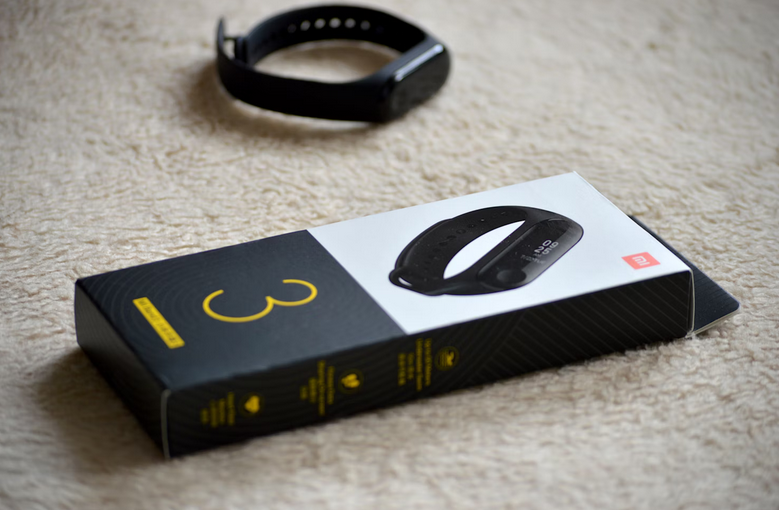If you’re passionate about fitness and looking to become a certified personal trainer, London offers a range of courses tailored to equip you with the skills and knowledge to excel in this field. Taking TRAINFITNESS Courses London provides access to diverse training styles, expert instructors, and the latest fitness techniques. However, there are essential factors to consider, including course structure, costs, and the certifications you’ll gain. Here’s what you need to know before starting your journey toward a rewarding career in personal training in London.
Understanding the Different Certification Levels
Personal training courses in London typically follow a standardized qualification path, with Level 2 and Level 3 certifications being the most common. The Level 2 Gym Instructor certification is a foundational course covering essential fitness and exercise principles, allowing you to work as a fitness instructor. However, to become a personal trainer, you’ll need a Level 3 Personal Trainer certification, which dives deeper into program design, client assessment, and advanced exercise techniques. Some courses also offer specialized Level 4 certifications for those interested in further expertise, such as training clients with health conditions.
Choosing the Right Training Provider

Selecting the right training provider is key to receiving quality education. London offers several established training providers accredited by bodies such as CIMSPA or REPs. Reputable providers, like Premier Global NASM and YMCAfit, offer comprehensive courses with in-person and online learning options. When picking a provider, consider their reputation, course reviews, and how well they support scholars post-certification, such as through career services or job placement assistance.
Giving Course Structure and Learning Options
Personal training courses can be completed in various formats, from full-time to part-time and online-only options. Full-time courses are ideal if you want to get certified quickly, as they typically take 6 to 8 weeks to complete. Part-time courses, often held on weekends or evenings, are better suited for those with other commitments, allowing for a more flexible approach over several months. Many providers offer a hybrid model where you complete theoretical portions online and attend practical workshops in person, giving you both flexibility and hands-on experience. Consider your schedule and learning preferences when selecting the course format that works best for you.
Offering Tuition and Financing Options
 The cost of personal training courses in London varies based on the provider, course level, and learning format. Level 2 courses range from £500 to £1,000, while Level 3 certifications can cost between £1,000 and £2,500. Combined courses, which include both Level 2 and Level 3, may offer discounts and typically range from £1,500 to £3,000. Many providers provide financing options, allowing you to pay in installments over a specified period. Some training companies may also partner with financing firms to offer low-interest loans or deferred payment plans, making managing course fees easier.
The cost of personal training courses in London varies based on the provider, course level, and learning format. Level 2 courses range from £500 to £1,000, while Level 3 certifications can cost between £1,000 and £2,500. Combined courses, which include both Level 2 and Level 3, may offer discounts and typically range from £1,500 to £3,000. Many providers provide financing options, allowing you to pay in installments over a specified period. Some training companies may also partner with financing firms to offer low-interest loans or deferred payment plans, making managing course fees easier.
Job Prospects and Career Opportunities After Certification
Once you complete your certification, job prospects in London are strong, with a growing demand for skilled personal trainers in gyms, health clubs, and private studios. Many trainers also go on to build their own client base and offer one-on-one or small-group training sessions. Some courses include career support, such as job boards, interview preparation, and networking events, which can be invaluable for finding work.
A personal training course in London provides a pathway to a fulfilling career in fitness. London is an ideal location to begin this journey with various course formats, reputable providers, and abundant job opportunities. By understanding the course structure, choosing a reputable training provider, and considering your long-term goals, you can make the most of your training experience.…




